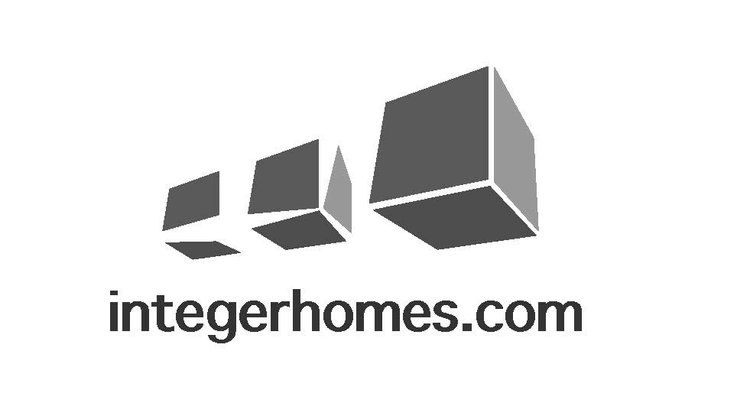Trying to avoid a dramatic novel here. 2023 was a good year to be a builder. As I promised at the end of 2022, I finished seven homes in 2023. Should have been nine, but you can only do so much. I think the continuous and unrelenting focus on creating value through infill development as my strategy is working. It lends a focus to decision making that is otherwise absent without this overreaching statement, basically, it makes it easier to decide what direction to pursue in a field where there is countless options.
While seven completions sound good, note, that not even one of them was started in 2023, this was all carry over stuff. The three starts in 2023 were not able to get finished, this is like a troublesome hangover. If every project takes longer, then the way we calculate yield is divided by a number greater than one. That makes performance much worse, of course, I am in no way suggesting I advocate a start in January, that is tough way to launch a build, just to complete in the same calendar year.
With seven completions, how much is the finished value of these homes, and what is the amount of input in terms of land, material, and labour? Does that even matter since I had no equity stake in one of the builds, and that none of them were for sale or sold, which was also a remarkable occurrence? Regardless, it looks like the value of completions was a little over $5,500,000. That is some serious value creation, from empty holes in the ground to occupied homes. And I am definitely not saying I was able to do this alone, there was a support network of many guys who brought their expertise and skill to the job sites. The only sale I had was my own house I built in 2014 and sold in spring, and that one doesnt count toward my summary of work done in 2023. What was ridiculous about that 2014 build is that it sold basically inflation adjusted for much less than its value in 2014, and that is disappointing given how much tax, insurance and debt service that house ate up for eight years, and how much more the cost to complete that same model would be today.
People get really worked up about that bogeyman ‘property values’, particularly when discussing infill townhouses. What they should really be concerned about is how little actual appreciation their property has experienced adjusted for inflation. I’d say most houses just match inflation and sometimes fare worse, particularly when you include the repairs, tax, insurance and those costs can be at minimum 1% of the property value each year. In a low inflation environment maybe 3% annual price growth is ok, but since 2020 we have had more like 20% inflation. The declining purchasing power of wages is now the defining characteristic of this era of horrible governance we suffer from in Canada.
Being so occupied in 2023 with finishing houses, I didnt really get a chance to fully permit a couple of townhouse projects. There was so much uncertainty in what type of model to design, land use changes, finding the right consultants, it just took a lot of time and delay after delay was observed. Now I will suffer from some real lag between 2023 and 2024 projects. This is pretty bad management, and I dont even know when I can break ground on my next townhouse projects. Maybe I should take some time off this summer! The good news about these townhouse projects, is that I have little exposure to the crazy volatility of the market. If prices go up, go down, stay flat, that is ok for me. The key as always is the refinance at the end, it didnt work out well for the 2023 townhouse project, but we are pursuing the 2024 projects in a way that the CMHC will like better. Having the federal government control financing for all new construction in Canada is just so utterly unappealing to me, it is the antithesis of how a market should function. Why do we need these banks if they are allergic to financing developers? With the privilege of money creation should come the responsibility to issue it to perpetuate a multi family construction housing stock in desperate need of new supply. Instead we have to beg the feds for debt?
In other, happier news, the inner city building association is tackling the intransigent departments that make building harder than it needs to be. Just before Christmas word was circulated that we can change the surface improvement process, notably the sidewalk replacement issue. This is a major feat and worthy of commendation. If key individuals dont invest major energy in these process improvements, they wont happen, and the biggest beneficiaries are the freeloading builders that don’t even participate. Regardless, this is a huge change for the better.
We are well into January as of this post, and I am wrapping up a couple of nice large detached homes in the SW, and considering my next move. 2024 is looking to be a good year, and Calgary could see significant land use bylaw changes, like a blanket RCG townhouse land use across the inner city. I welcome these changes and look forward to new opportunities to create value, and execute on my townhouse visions. Sean
